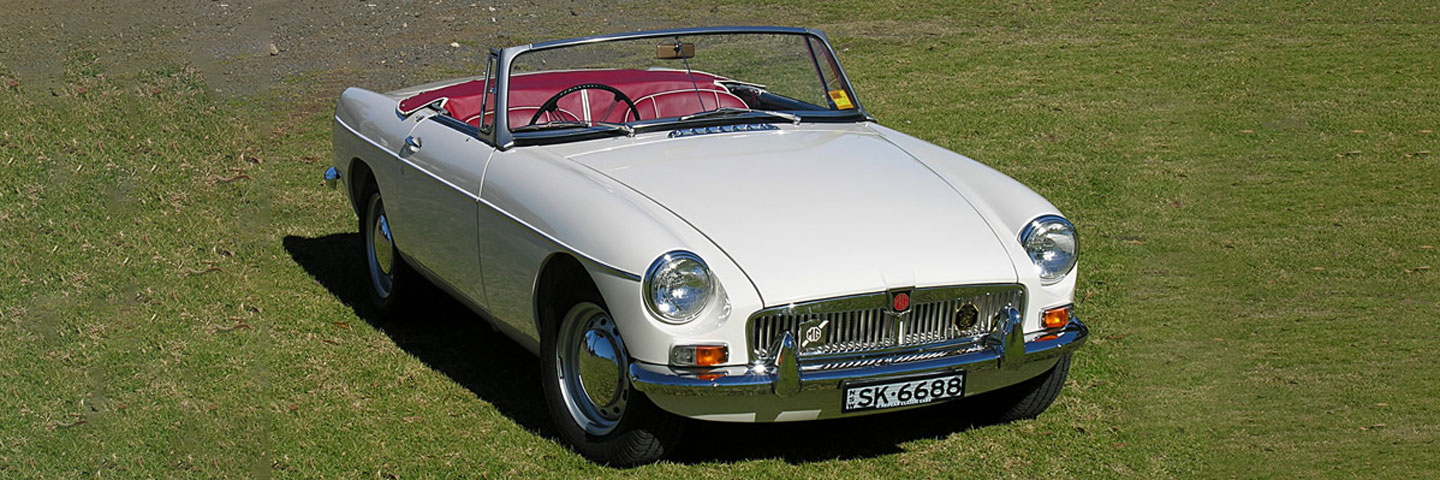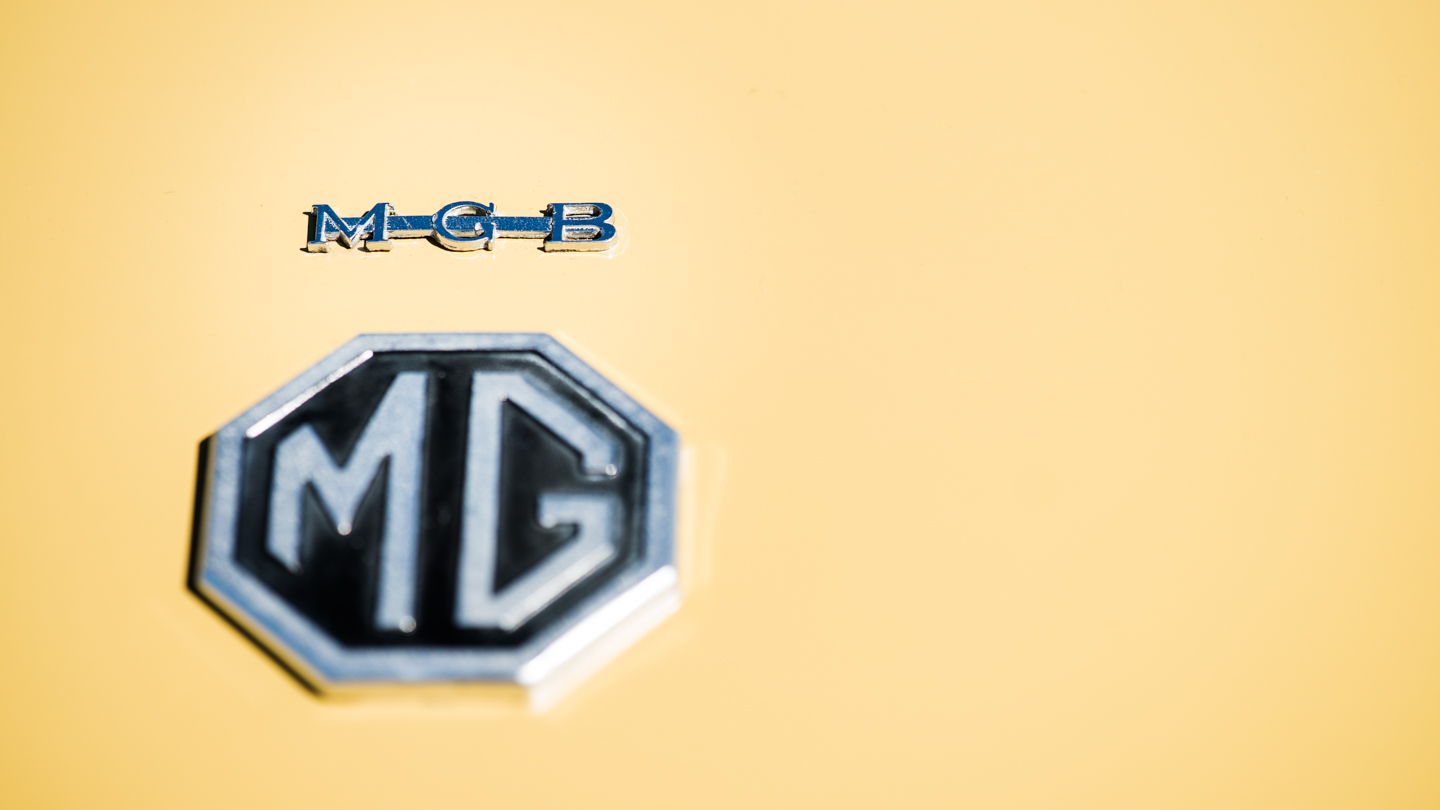The MG Car Club Sydney MG B Register
John Clarke is The MG Car Club Sydney’s MG B Registrar
Contact him:
Telephone: 0412 890 409
Email: [email protected]
The MG B
The MGB, launched in early 1962, stared off as EX214 in 1958, and right from the start it was to be a monocoque design, with bodies manufactured by Pressed Steel Company in the UK. With substantial side sills, and a high gearbox/tail shaft tunnel, the structure was immensely strong. Early on it was planned to use the 1622cc MGA engine, but sensibly this increased to 1789cc before production. Initially it came with a three bearing crankshaft, but by late1964 this was upgraded to five bearings.
Right from the start the MGB was designed to appeal to the US market. Indeed the majority of all MGBs were exported to the US. There was much more leg and elbow room in the cabin than the MGA, wind up windows were provided, a heater was available, and there was a fair sized boot. An optional electrically operated overdrive unit for the gearbox was also available.
Just like the MGA before it, the MGB was assembled in Australia from Complete Knock Down (CKD) kits imported from the UK, but with significant local content in order to get favourable tariff treatment. Initially assembled at Enfield in Sydney, assembly was moved to the BMC factory at Zetland in 1968, where it remained until 1972.
Early in the MGB’s life, the Italian design house Pininfarina was asked to designed a closed coupe version of the car, and this was to become the MGBGT. The design with its slightly higher windscreen and hatchback, incorporated a small rear seat to further broaden the MGBGT’s appeal. It was released in 1965 and still looks fresh, stylish and modern today, some 50 years later. All MGBGTs sold new in Australia were imported fully assembled from the UK.
A major update to the MGB occurred in late 1967 in the UK, although it was not until August 1968 that production of the Mk II cars commenced in Australia, and it was not until early 1969 that the Mk II was officially launched. Most notably the update incorporated a new all synchromesh gearbox, reversing lights and a negative to earth electrical system with an alternator. An optional Borge Warner automatic gearbox was also available for the first time. Although there were minor changes along the way, sales of MGBs continued in Australia in this form until late 1973 when sales of all new MGBs ceased.
In late 1974 in order to meet new US crash regulations the MGB received its most significant change with the introduction of large steel reinforced black rubber bumpers at the front and rear and a 1 inch increase in ride height. No “rubber bumper” cars were sold new in Australia, although quite a number have subsequently been privately imported.
There were also a couple of larger engined versions of the MGB. Intended as a replacement for the Austin Healey, the MGC used the old iron 3 litre in-line six cylinder “C” series engine shoe horned in. To allow it to fit, the front suspension of the MGB had to be re-engineered by replacing the coil spring front suspension with torsion bars and telescopic shock absorbers. The MGC was only in production for a couple of years from 1967.
Inspired by the V8 conversions undertaken by Ken Costello, it took MG until 1973 before the Rover 3.5 litre aluminium V8 engine was fitted to the MGB. Only released in coupe form the MGBGTV8 was the right car at the wrong time, being launched following the first “Middle East Oil Crises”. Built in both chrome and rubber bumper versions the car was never produced in left hand drive, so was never sold in its natural market, the USA.
You will find more information on the these larger-engined cars on the MGC and V8 Register’s Page.
After years of mismanagement and under-investment by their British Leyland masters MGB production stopped towards the end of 1980 and the famous MG factory at Abingdon closed forever.
Today MGBs make ideal and practical classic sports cars whether you want to use them as a regular daily driver or a fun weekend car in which to participate in club events. Easy to drive with good performance, handling and braking, and relatively comfortable, MGBs are simple to maintain and have unparalleled spares back up from a number of local specialist suppliers.

